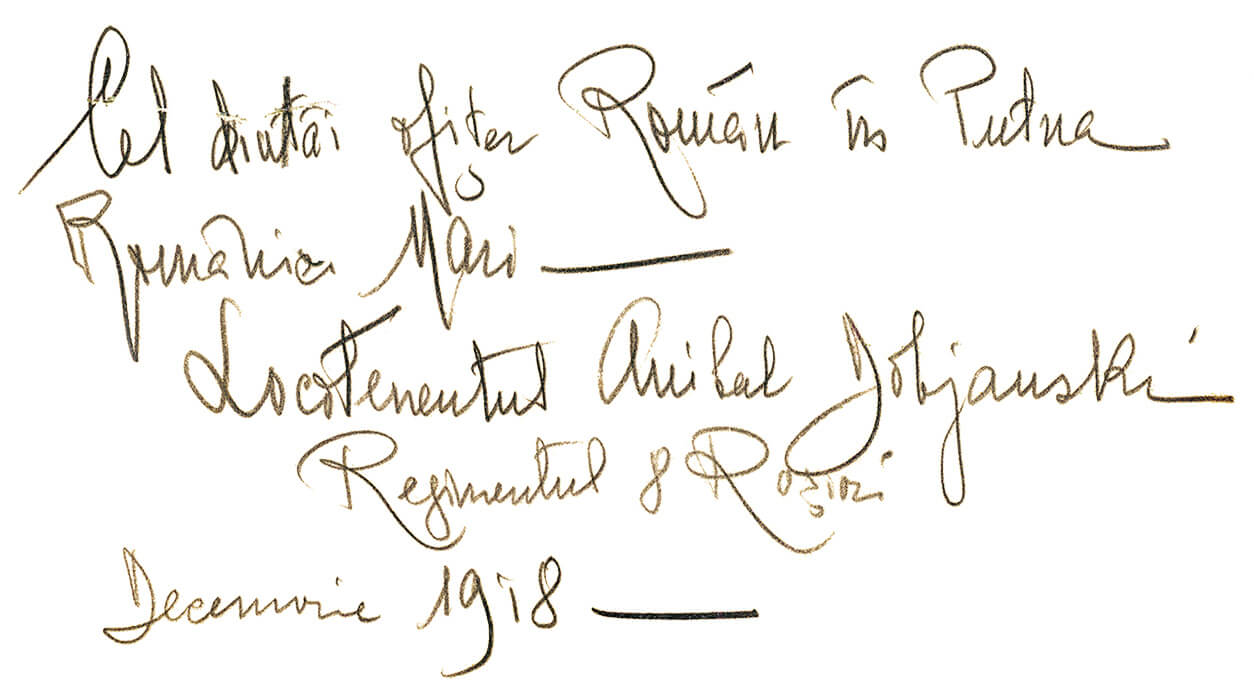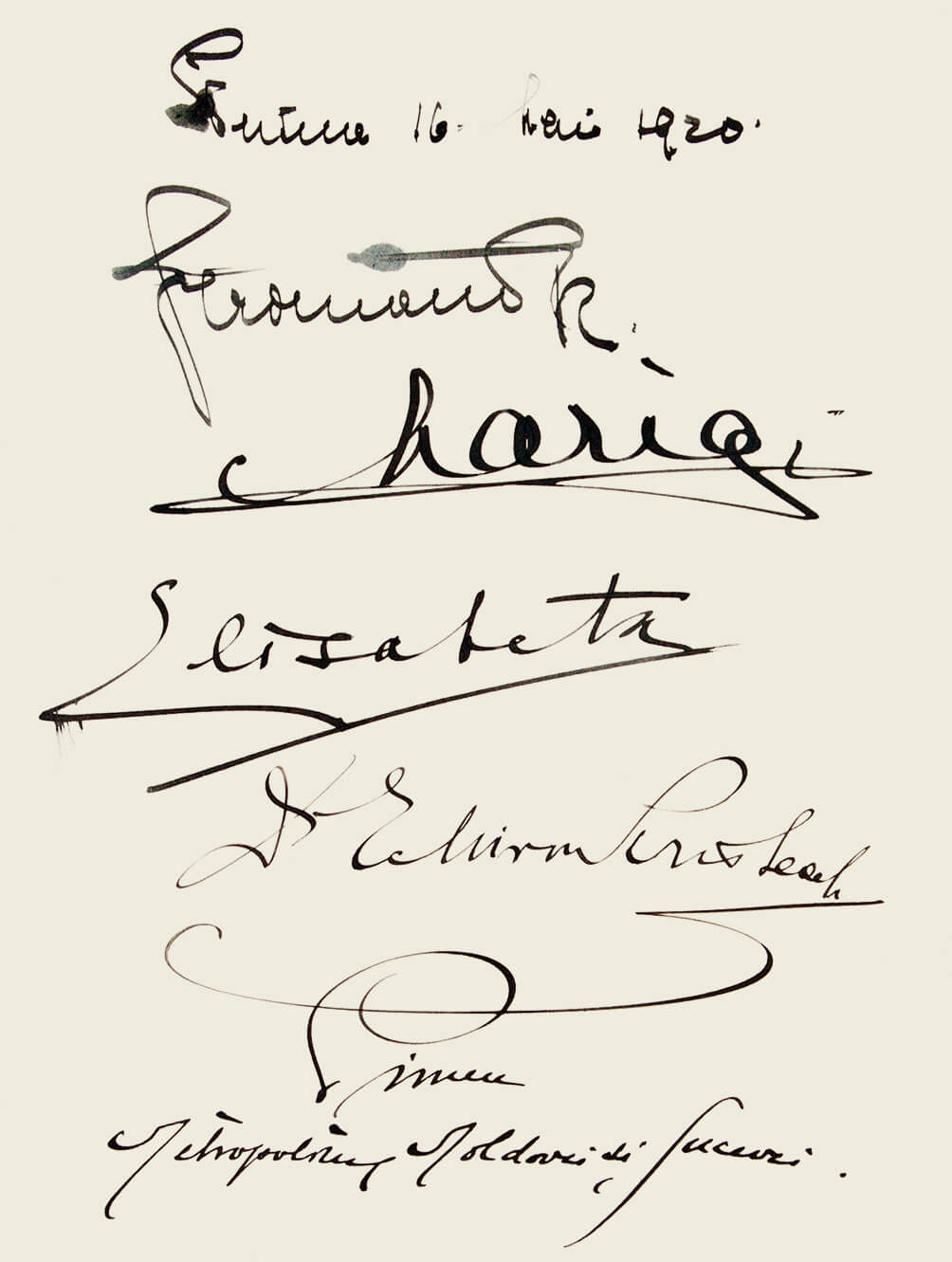The Great Union of 1918 meant Putna’s returning to its natural place within Greater Romania. The monastery had represented a place of memory for the Romanian people even before 1918, the expression of this reality being the celebrations of 1871 and 1904. But after the Union, all Romanian souls gathered together in Putna, in a “pious gesture of honoring the sacred memory” of Stephen the Great, who had been a “wellspring of patience in times of humility, and of courage in times of difficulty” (King Ferdinand I). The great prince was the icon‑voivode whom the Romanian soul had turned into a symbol of comfort and hope.

The tomb of Saint Stephen the Great now represents for unified Romania “an occasion of spiritual bonding and empowering of Romanians everywhere,” a place for the completion of education, a source wherefrom Romanians draw “the truthful and incorruptible love of country and nation; bravery, wisdom, faith in God, hope in the cross of Christ, love of righteousness, purity of conscience, strength to spurn cunning, flattery, and phariseeism,” all for the “unification of our vision, understanding and fostering unity in everything among all.”
In the first year after the liberation of Bukovina, Romanians from all provinces of the nation came together: ministers, generals, university professors, members of various associations of the time (precursors of today’s NGOs), civil servants, country folk, students, and pupils.
A special moment was the arrival of the Royal Family on May 16, 1920: King Ferdinand, Queen Mary, and Princess Elizabeth, accompanied by Metropolitan Primate Myron Cristea and Metropolitan Pimen Georgescu of Moldavia.

“Chilia and Cetatea Albă (Akkerman), whose loss made your heart bleed, are ours now,” the king said. “And Transylvania, for which you and your brave son carried victorious weapons over the mountains, is ours. Ours are the seaside and the rich Lower Danube!”
Other members of the Royal House of Romania and of other European Royal Houses came as well: Princes Carol II and Nicholas; Princess Ileana and the Great Voivode of Alba Iulia, Michael; Crown Princess Helen, wife of Carol II, accompanied by her sister Princess Irene; Prince Paul; Princesses Margaret and Theodora; Princess Mary of Greece; Princes Christophe of Denmark and François of France.

The material situation of the monastery improved with the return of the monastic properties to the Church. King Ferdinand approved the decision of the Council of Ministers of March 31, 1921 by which the Orthodox Religious Fund of Bukovina went into the administration of the Church.
For a better understanding of the nation’s past, the Ministry of Education required its educational institutions to organize three study trips annually, during which Putna was a site to be visited as well. Other pilgrimages were also added, initiated by different societies and institutions.




